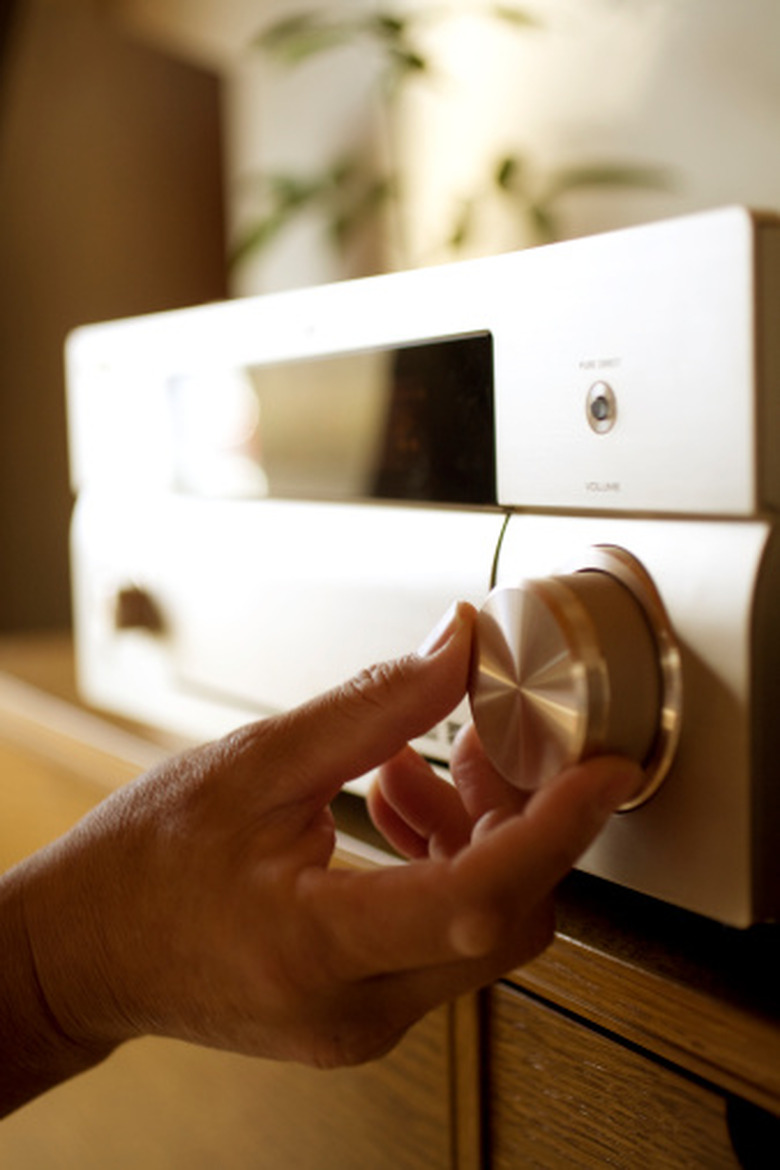How To Connect Old Stereo Speakers To Newer Equipment
Things Needed
-
Wire strippers
-
Wire snips
-
Banana plugs (optional)
Older stereo speakers operate in the same manner, and with the same theory as modern speakers. While significant advances have been made in materials and cosmetics, fundamentally, the core physics haven't changed. Connecting older speakers to newer amplifiers and receivers is quite simple and intuitive. In fact, advances in speaker adjustments in modern surround receivers make compatibility even more likely, making vintage speakers easier to integrate with modern gear.
Step 1
Strip off any old speaker wire that may be green or brown with corrosion. If the speaker wire ends have RCA jacks — and the new receiver doesn't incorporate those — cut them off.
Step 2
Strip back the speaker wire approximately 1/2 inch. Separate the two wire halves.
Step 3
Twist the bare wire to prevent stray leads. Untwist the binding posts on the receiver or amplifier, exposing the post holes.
Step 4
Insert the bare wires into the post holes. Place the wire with the stripe or writing on the jacket into the red, positive terminal. Twist the posts back down to secure.
Tip
Look at the power rating on the back of the speaker, to determine if the new receiver or amplifier will dramatically overpower the older drivers. If the power rating for the older speaker is one-third the max output of the newer amplifier, keep the volume lower or refrain from using the speakers to avoid damage.
For added convenience, use banana plugs instead of bare wire for the speaker connections. Rotate the knurled banana plug knob counterclockwise to open the hole on the banana plug. Insert the bare wire into the hole, then rotate the plug's knob back down. Insert the plug into the end of the binding post on the receiver.
Warning
Do not make speaker connections with the receiver powered on.
